3 ★
/uploads/school/aaverified-seal3.png)
Glow n Glitter Montessori PreSchool, Jayanagar, Bengaluru
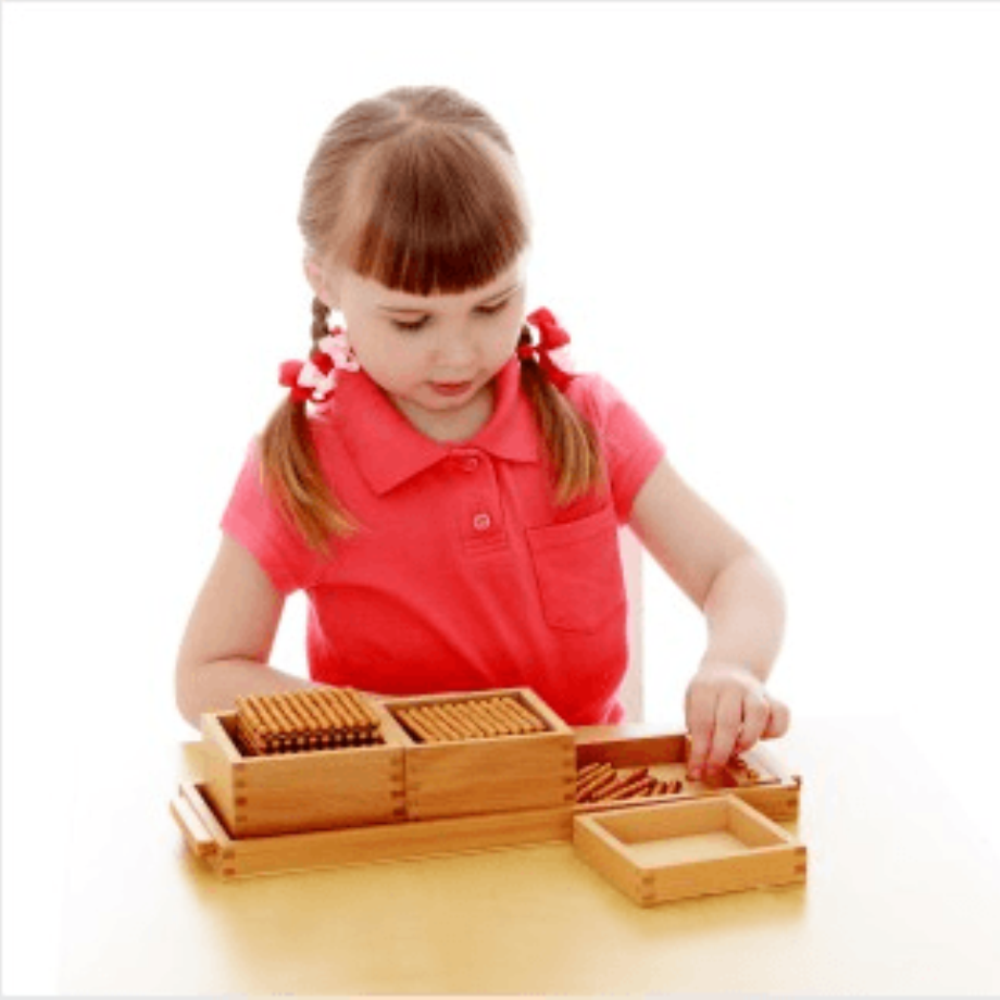
It enables children to apply their mathematical knowledge in daily situations. The arithmetic program is carried out in a methodical sequence, enabling children to understand abstract numeric concepts with the help of scientifically developed materials. In kindergarten, children start to develop an understanding of addition and subtraction within 10. Kindergartners start by solving problems involving physical objects, and as the year goes on, students learn to draw pictures to represent addition and subtraction problems.
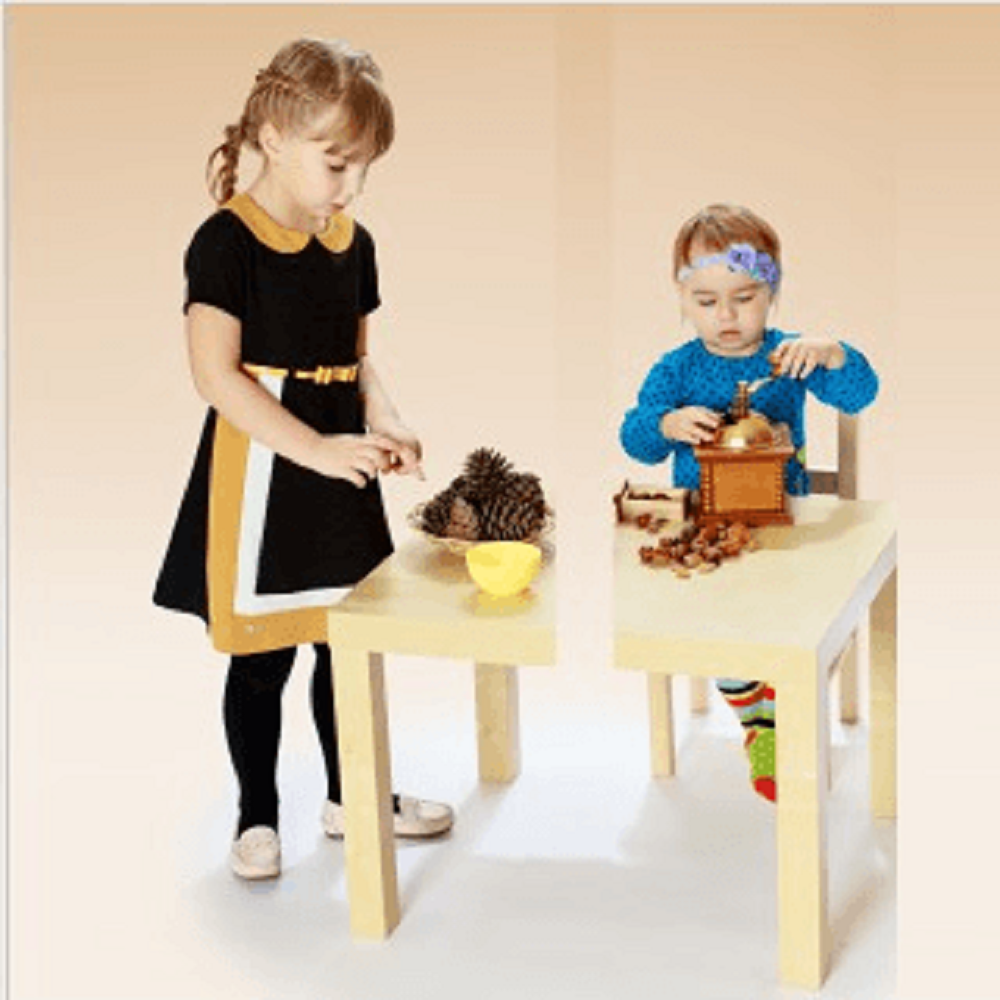
The Montessori environment supports basic practical life activities, such as walking in an orderly manner, carrying objects like trays and chowkis, greeting a visitor and learning self-care skills. For example, button fastening frames are designed to perfect the motor skills involved in buttoning, zipping, lacing, buckling, tying ,how to set the table, how to clean dishes, or how to water and care for plants. The philosophy for such activities is to make children independent and develop concentration. The practical life activities teach children how to take care of the space around them—from physically cleaning to, on a deeper level, appreciating one's environment.
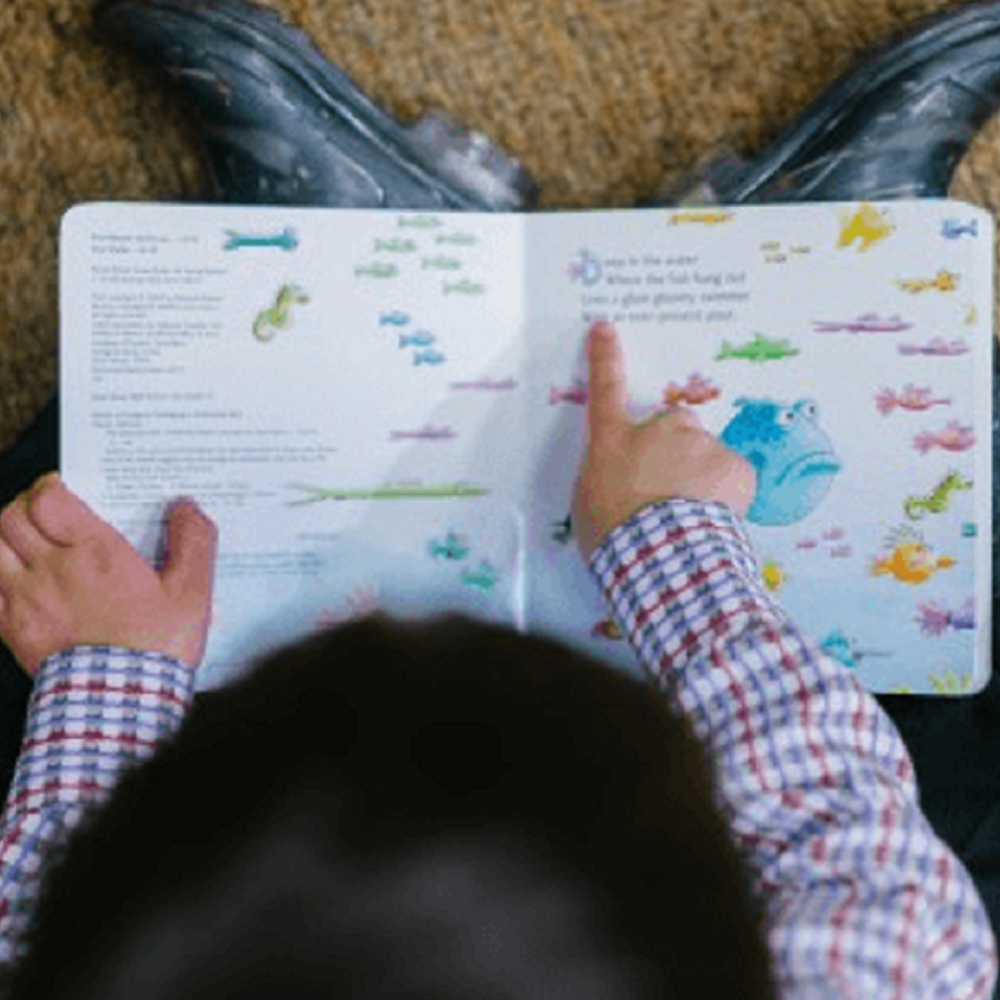
Children are exposed to language activities the day they enter the House of children. Children learn that the spoken language consists of sounds which are represented in the form of letters of the alphabet. The language program uses phonetics and is conducted in a sequence. Montessori observed that children have a thirst for language and communication. Communication allows the child to express her needs and ideas to others. Through language we are able to cooperate, collaborate, receive knowledge and pass knowledge to others. Children go through a series of stages to acquire language.
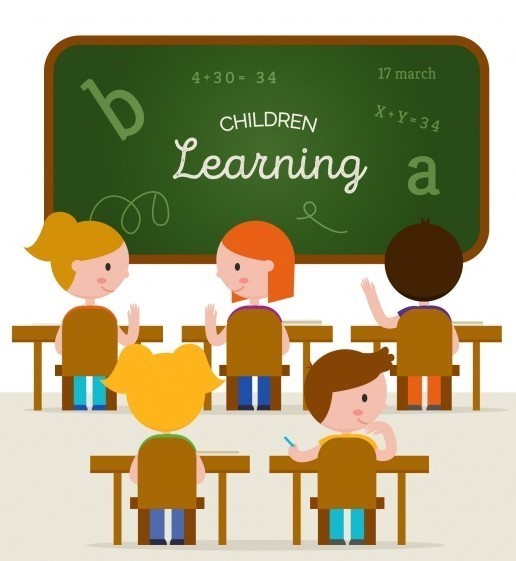
Respect for the child is the cornerstone on which all other Montessori principles rest. As Dr. Montessori said : “As a rule, however, we do not respect children. We try to force them to follow us without regard to their special needs. We are overbearing with them, and above all, rude; and then we expect them to be submissive and well-behaved, knowing all the time how strong is their instinct of imitation and how touching their faith in and admiration of us. They will imitate us in any case. Let us treat them, therefore, with all the kindness which we would wish to help to develop in them” Teachers show respect for children when they help them do things and learn for themselves. When children have choices, they are able to develop the skills and abilities necessary for effective learning, autonomy and positive self-esteem.
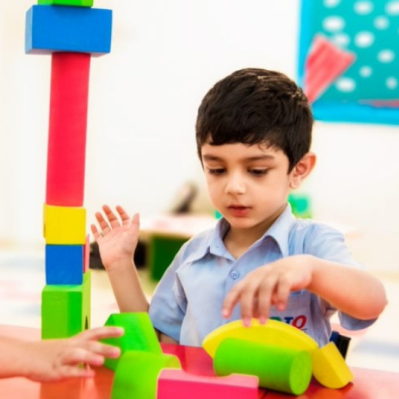
Dr. Montessori believed that children learn best in a prepared environment, a place in which children can do things for themselves. The prepared environment makes learning materials and experiences available to children in an orderly manner. Montessori classrooms are good examples of child-centered education and active learning. Freedom is the essential characteristic of the prepared environment. Since children within the environment are free to choose materials of their interest, they absorb what they find there. The prepared environment, along with specially trained adults and scientifically developed materials aid children in learning concepts.
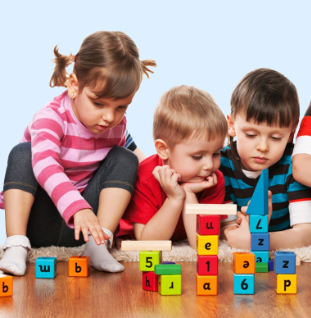
Dr. Montessori named the concept that children are capable of educating themselves as auto-education (also known as self-education). Children who are actively involved in a prepared environment and who exercise freedom of choice literally educate themselves. Montessori teachers prepare classrooms in a way that aids children to educate themselves.
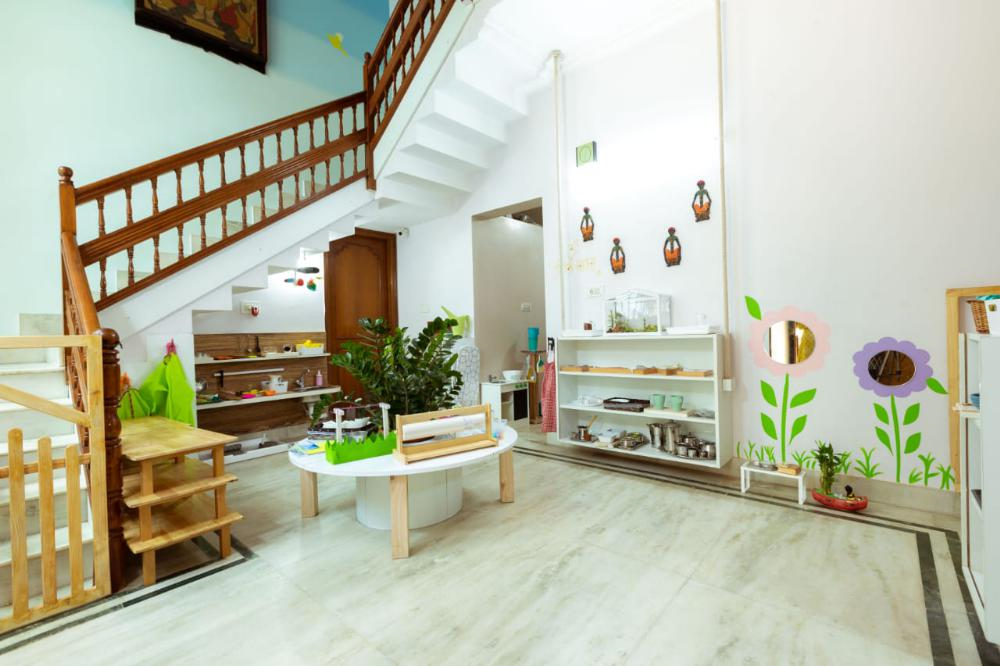

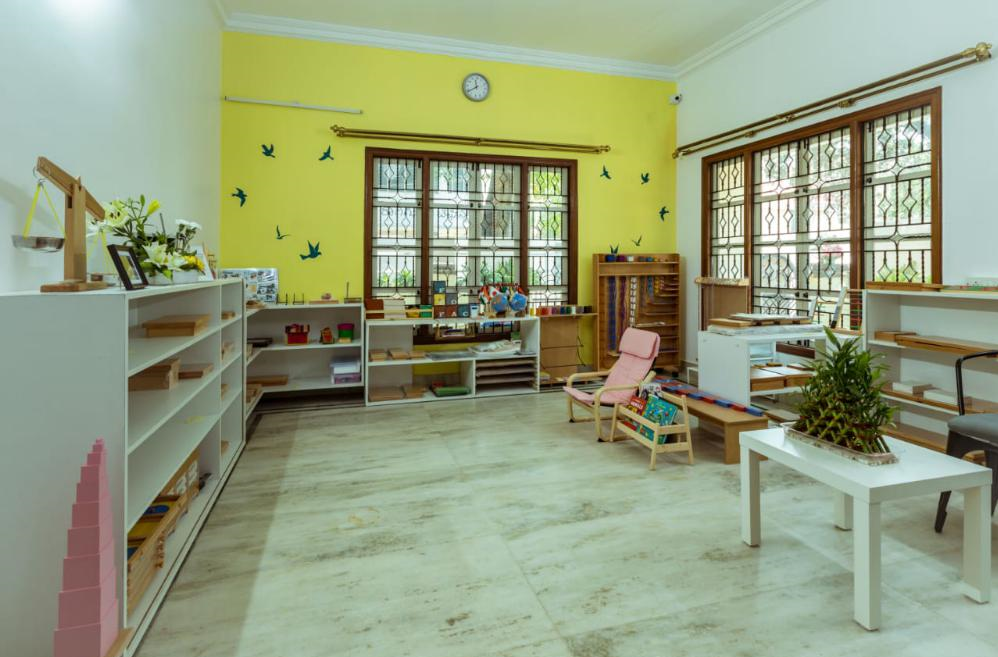

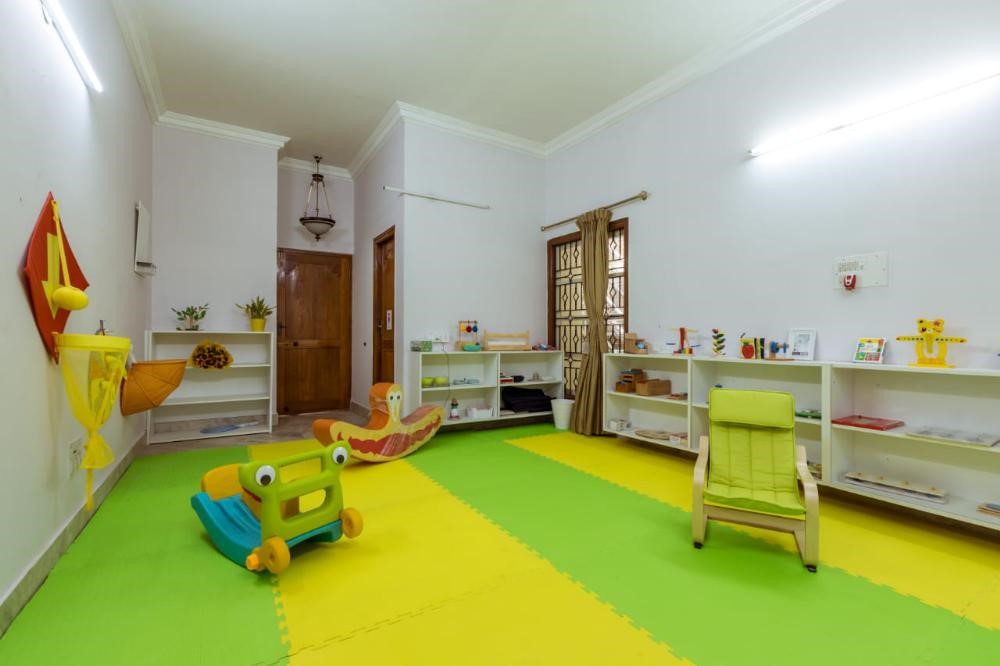
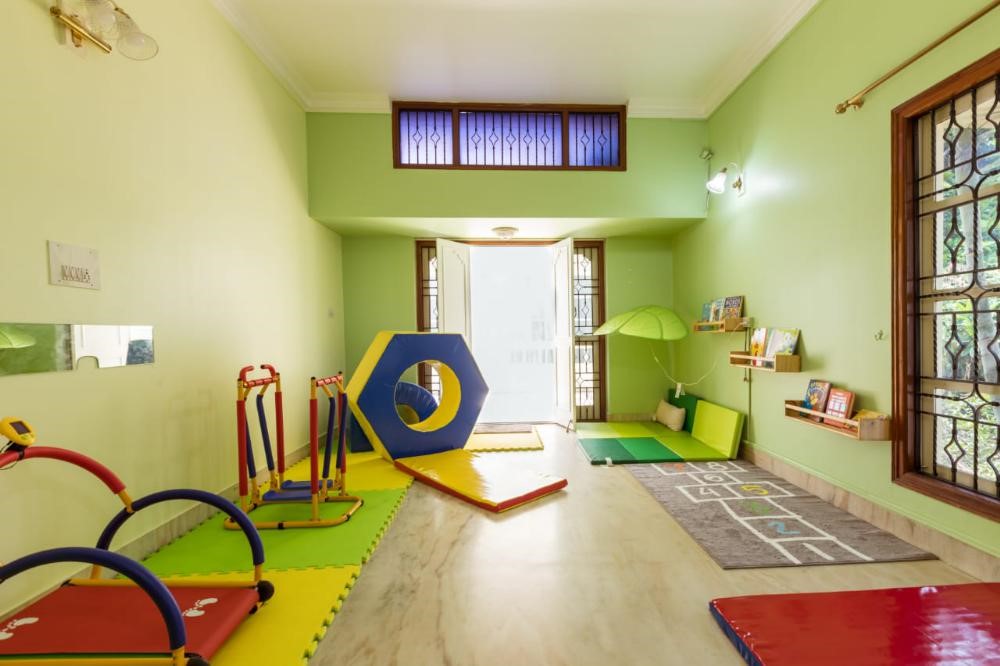
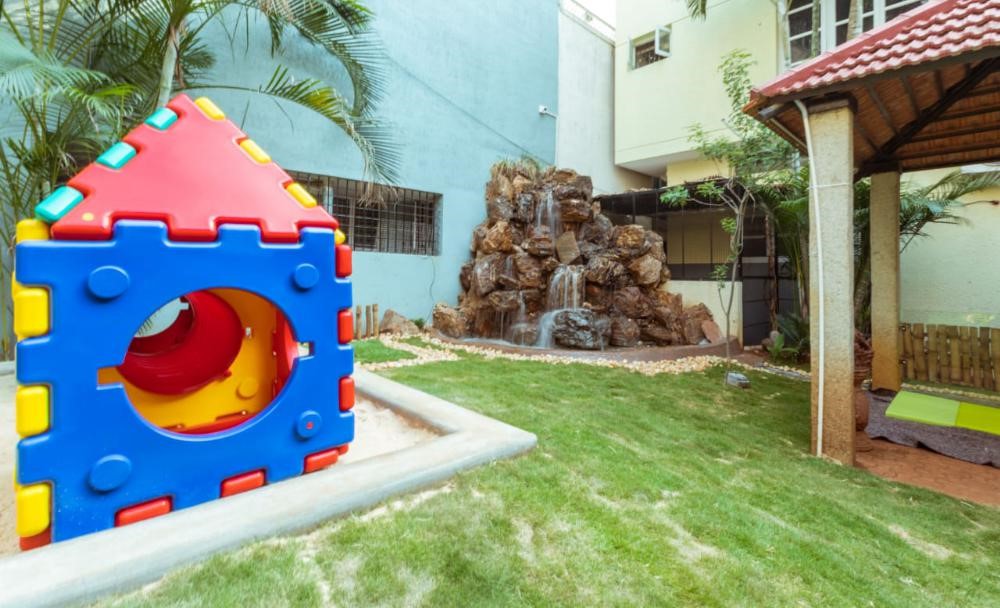
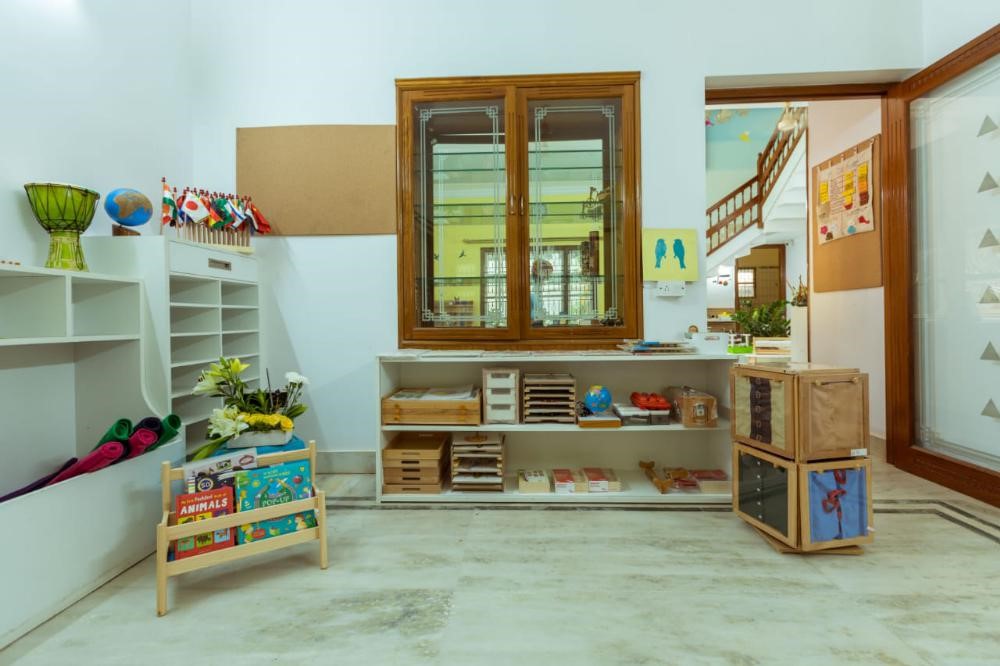
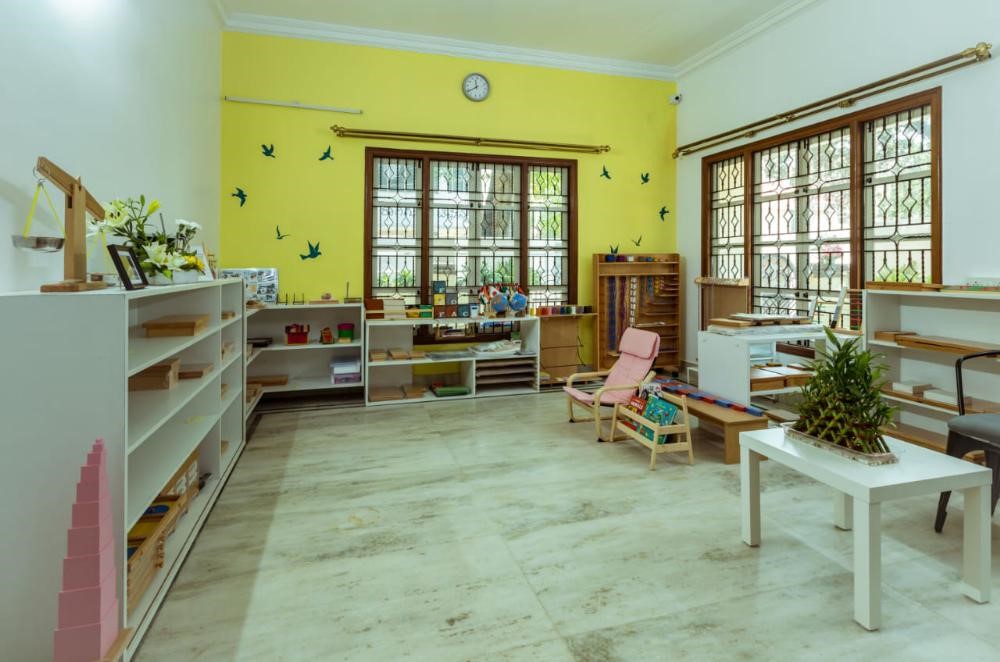
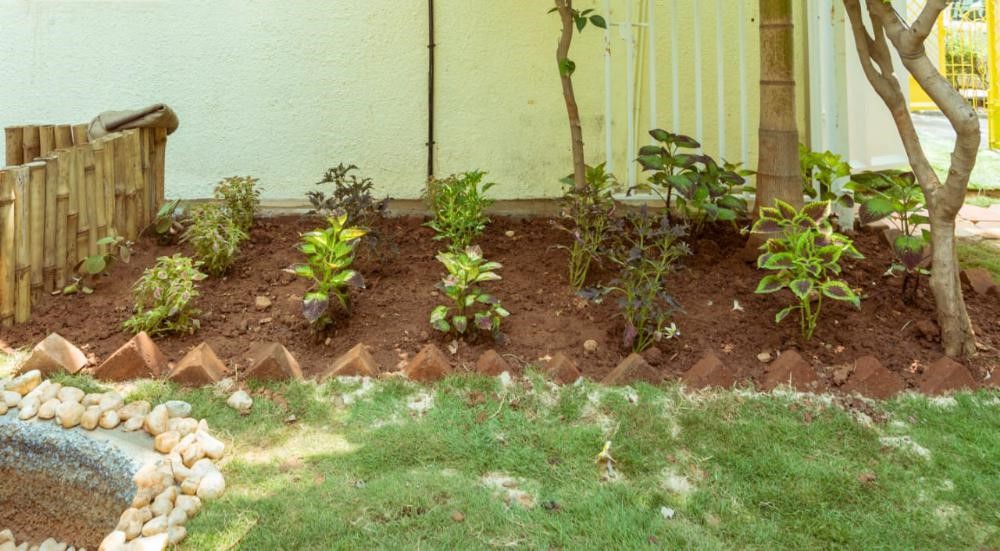

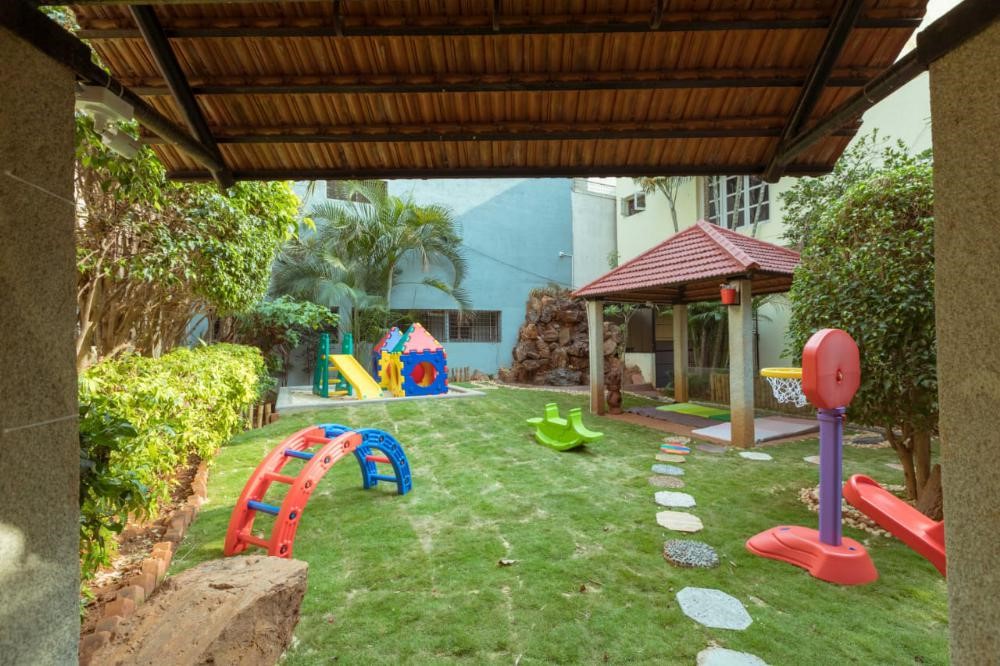
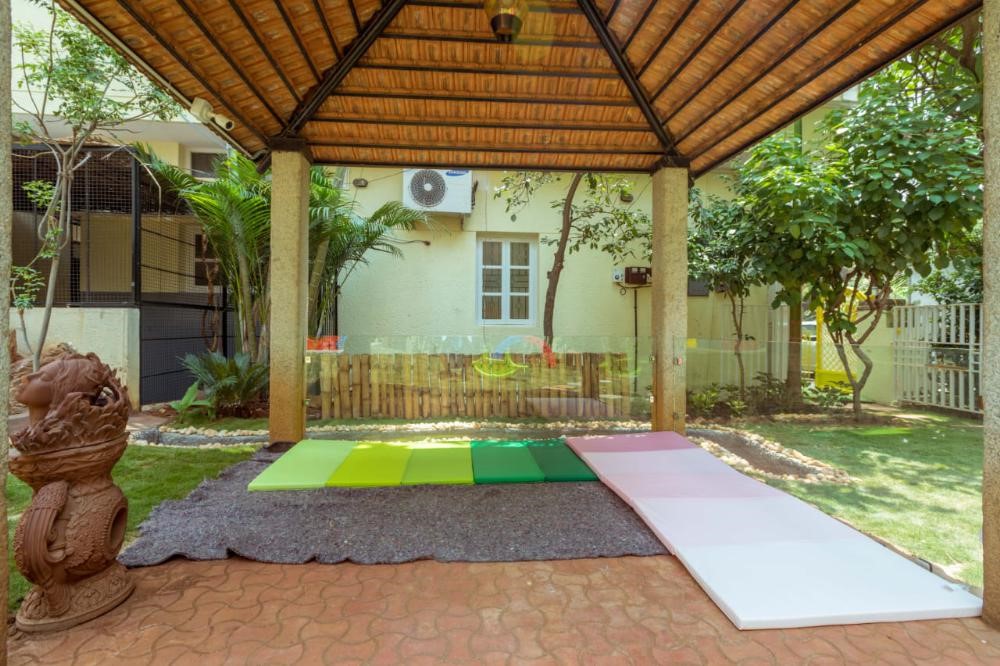
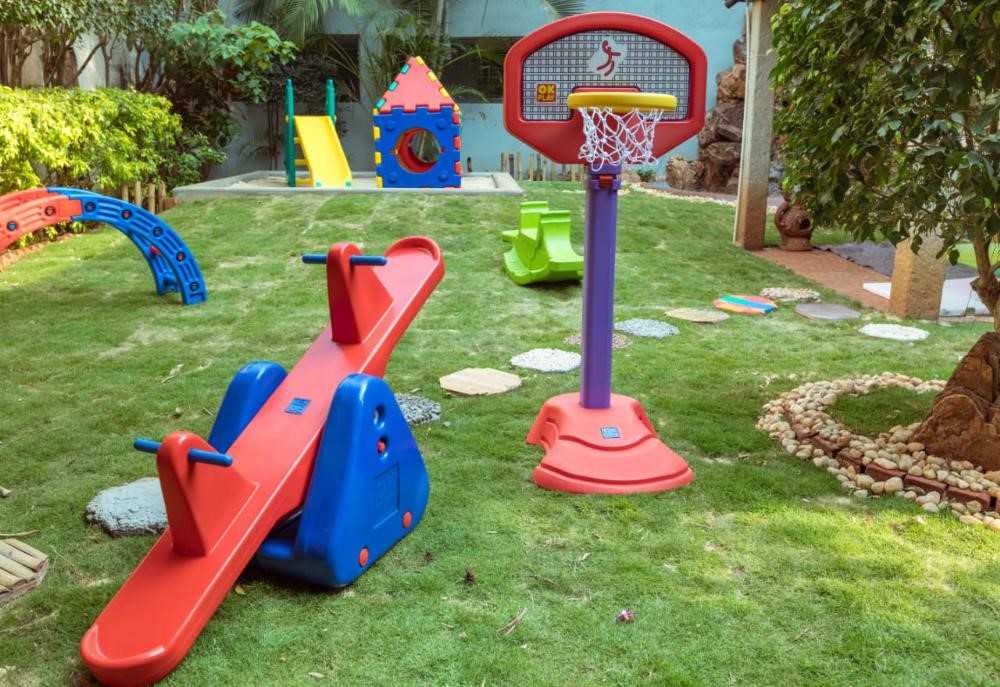
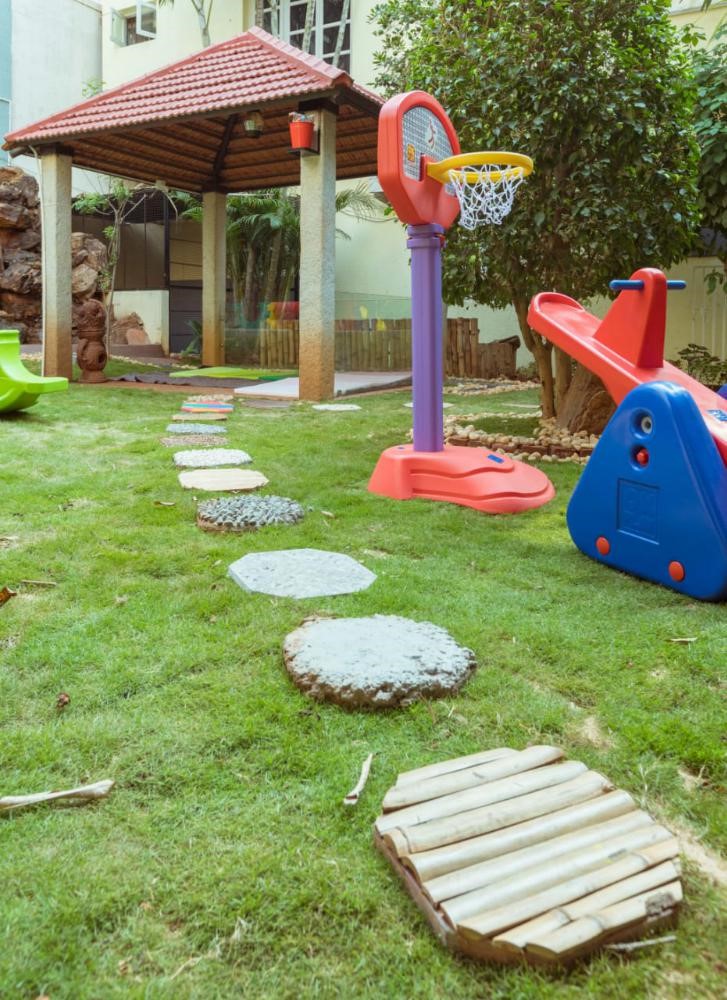

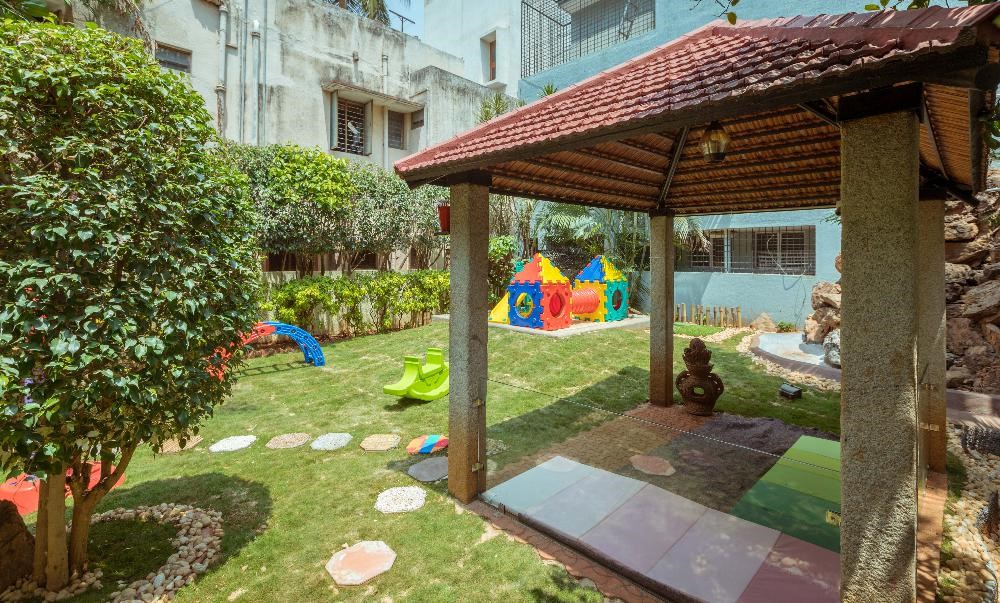
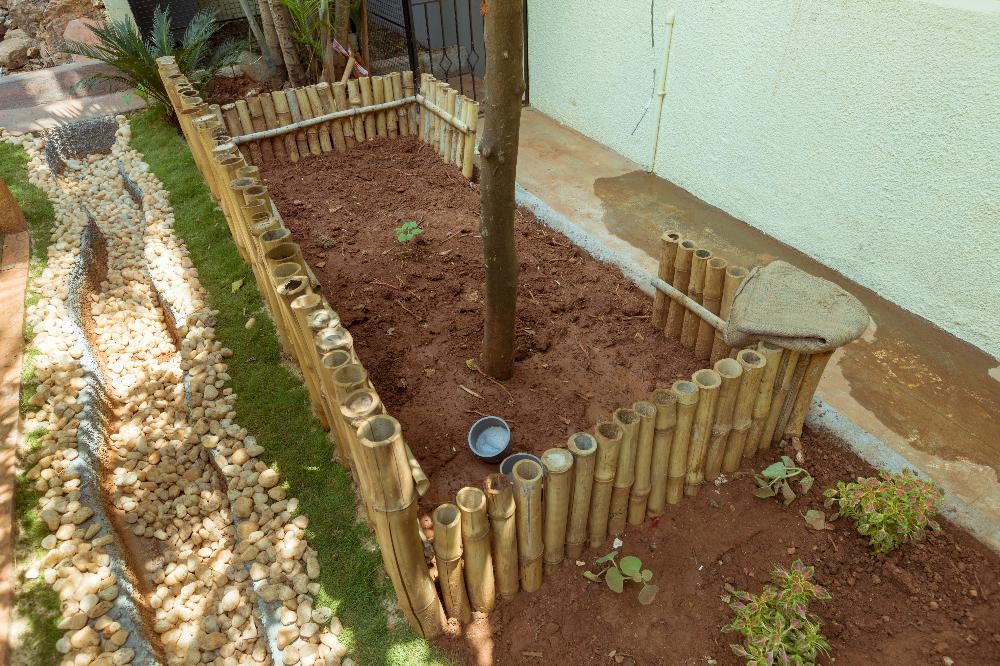

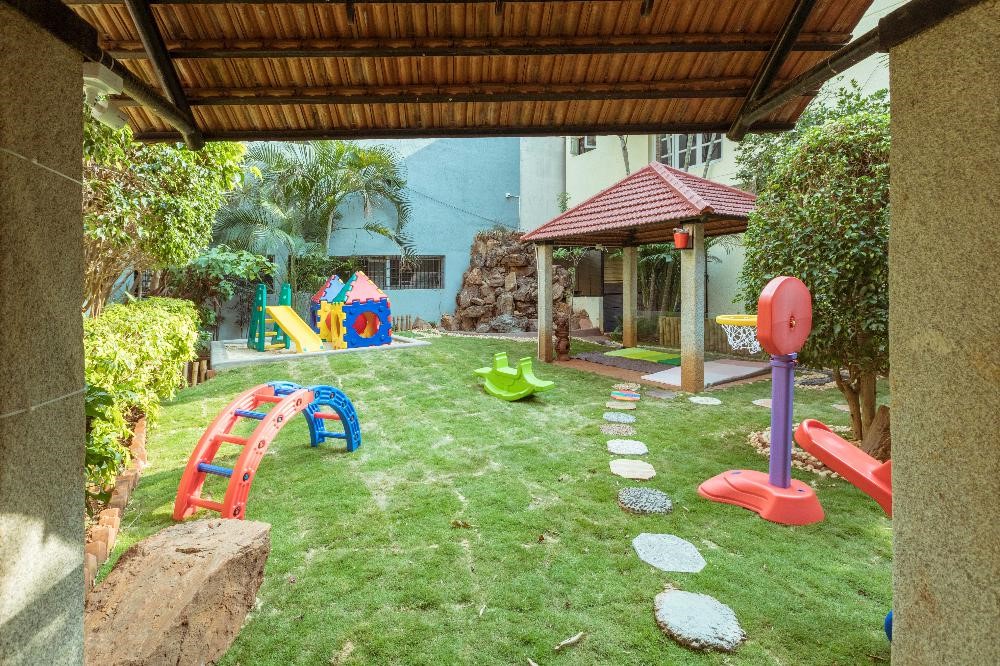
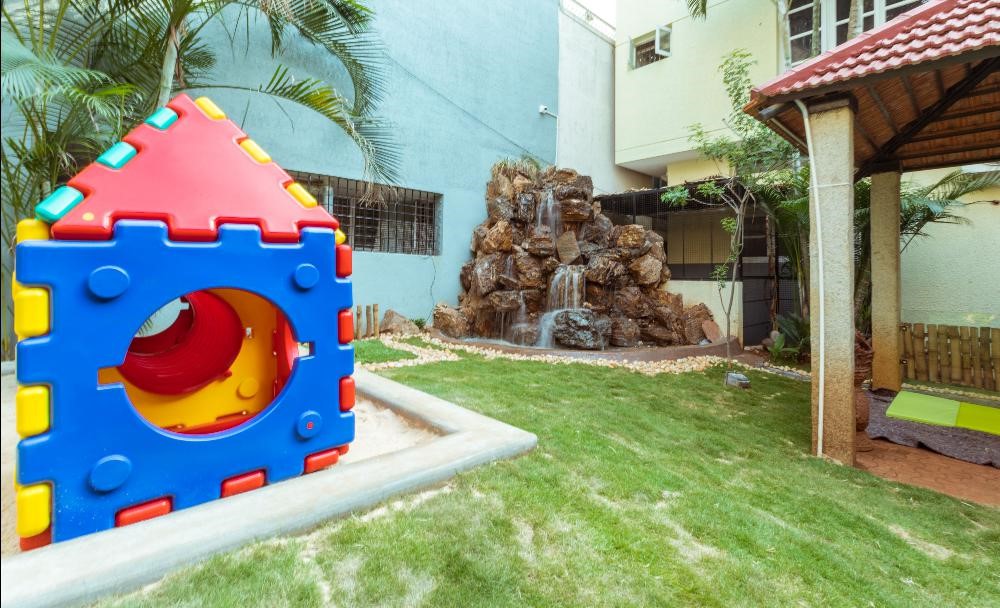
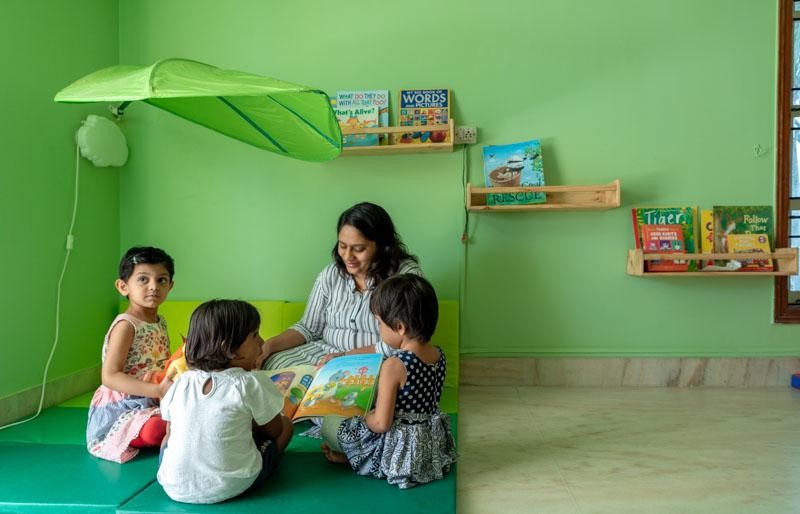
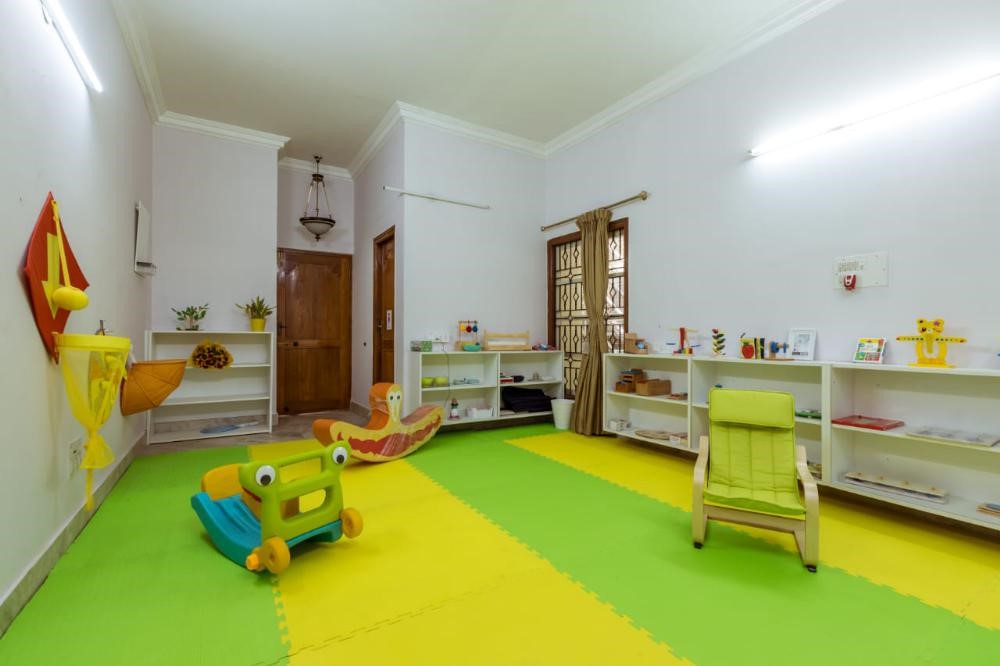
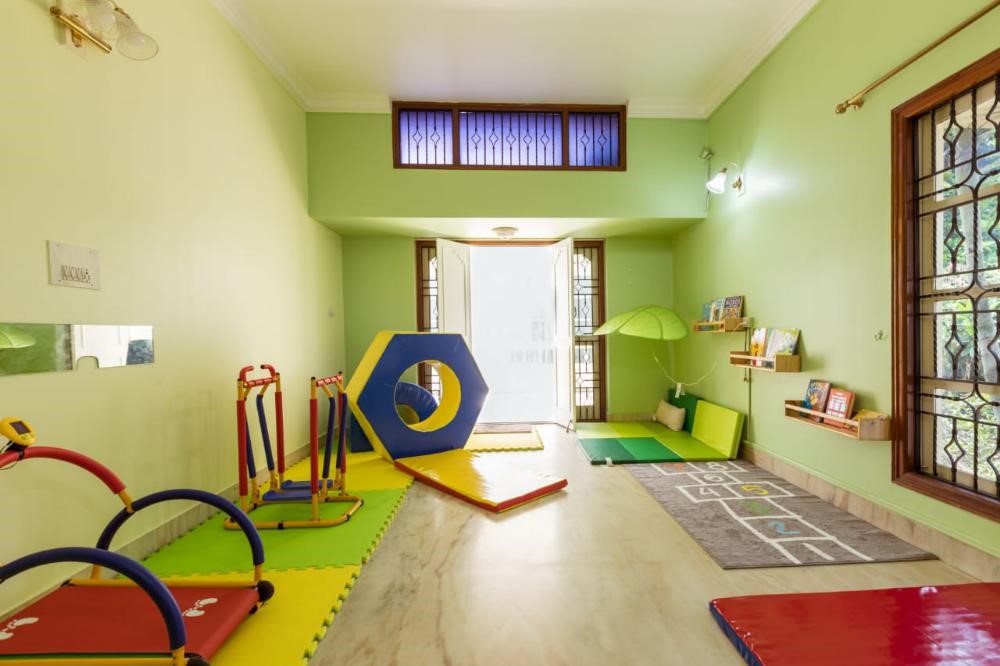
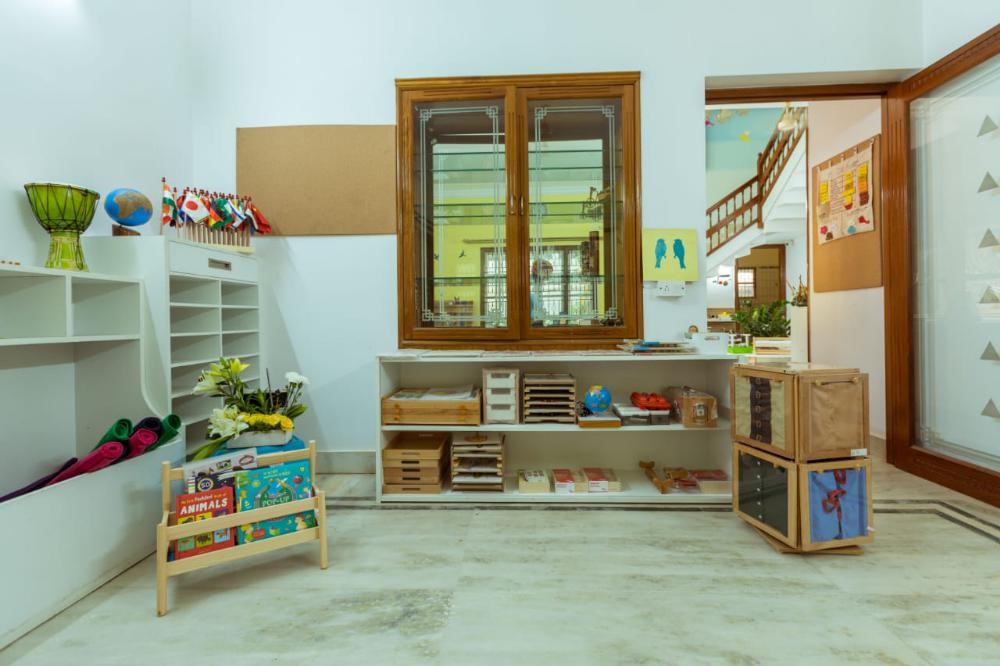
/filters:format(webp)/fit-in/300x300/uploads/albums/temp-1719569589017_202406281013158290.jpeg)
/filters:format(webp)/fit-in/300x300/uploads/albums/temp-1721366526969_202407190522099611.jpeg)
/filters:format(webp)/fit-in/300x300/uploads/albums/temp-1719478502052_202406270855084559.jpeg)
/filters:format(webp)/fit-in/300x300/uploads/albums/temp-1719400334185_202406261112169535.jpeg)